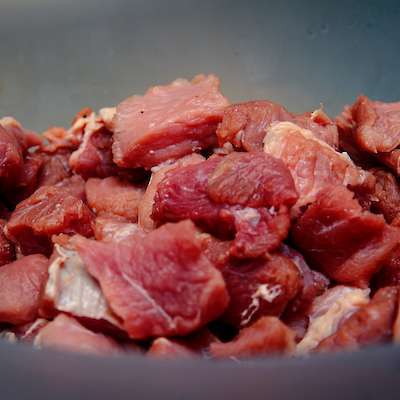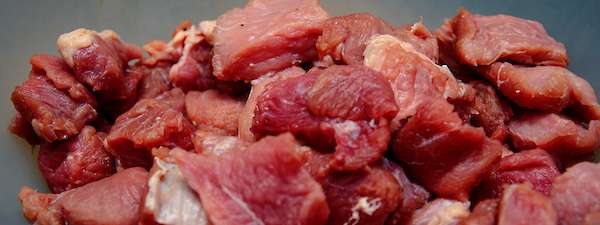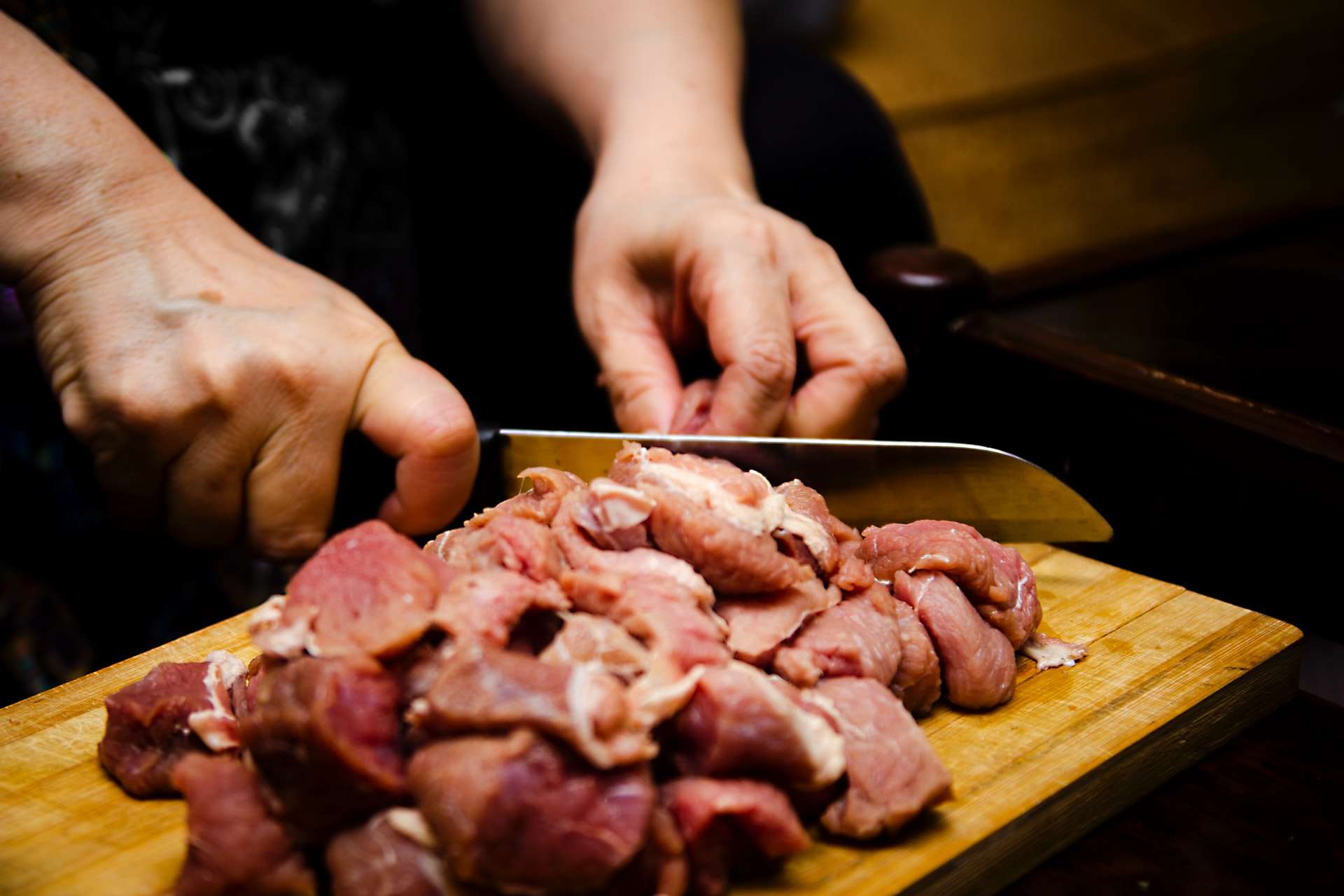
How to Feed a Species Appropriate Diet Part 2
One of my favorite quotes is from John Maynard Keynes, a world famous British philosopher and economist. He stated, “When my information changes, I change my (conclusion).” In part one of my article on feeding your dog a species appropriate diet, I discussed the science and physical structure of your dog and what she should and more importantly what she should NOT be eating. In real-estate it's common knowledge that the three most important issues are “ location, location, location.” The most important issues for any living creature, certainly crucial for overall health and longevity, are “Diet, Diet,Diet.”
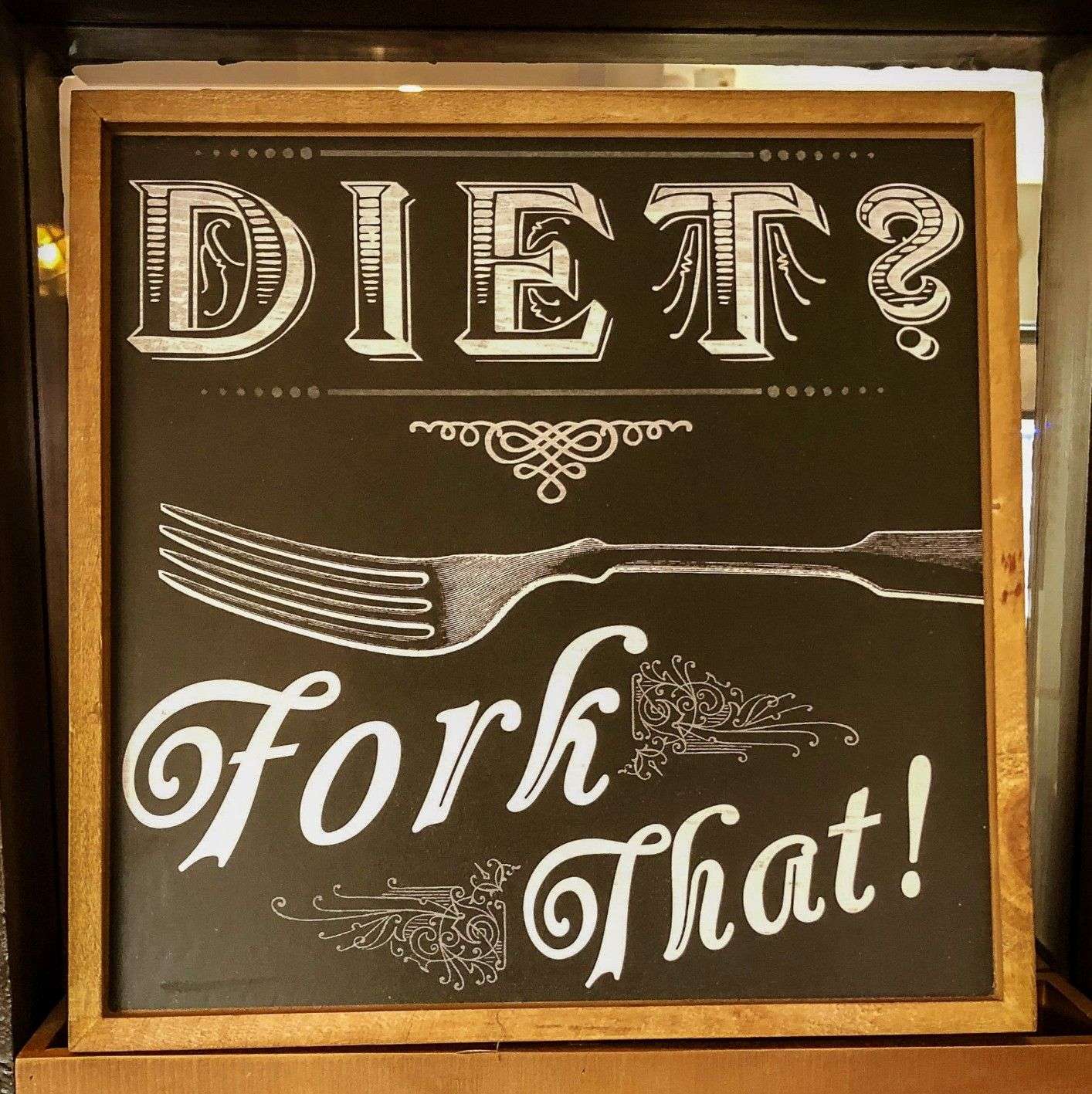
There are basically three groups of dog owners who feed their dogs processed dog food. The first group are folks who know nothing or very little about feeding “raw”. For the most part we all were in this group when we first started owning and caring for dogs. The second group of folks who feed “fast food” (kibble) are well aware of the raw food diet, but for reasons I can't explain they believe the processed dog food diet is superior to what nature designed our dogs to eat! On second thought I do believe I know why group two defies their common sense and logic. I will attempt to explain a bit later. The third group of fast-food feeders are folks who believe the science, they know the raw diet is far superior to kibble but they continue feeding it to their dogs anyway. Many in group three believe the raw diet is too expensive, some believe it’s too inconvenient or difficult. The truth is the exact opposite! Feeding a raw diet is both easier and cheaper. I will discuss this at the end of this article.
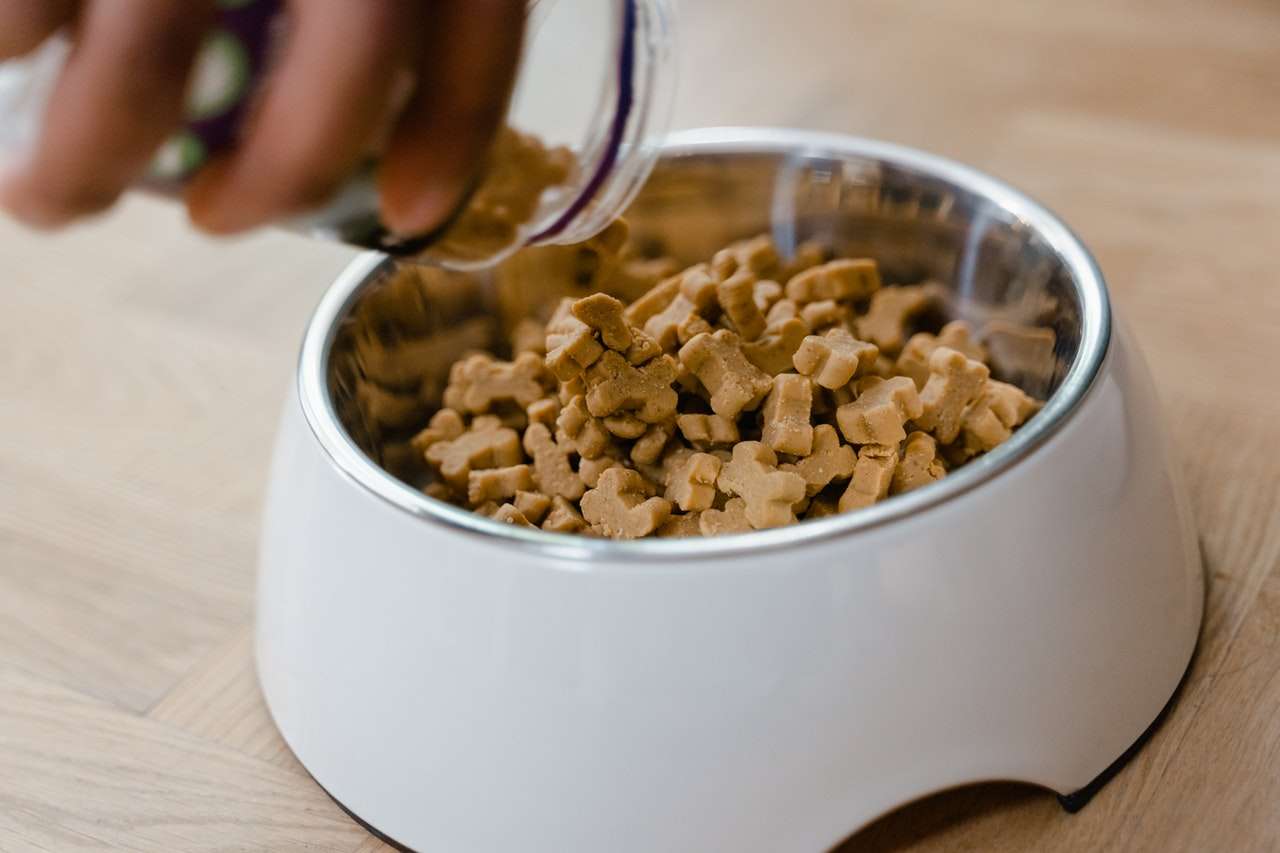
Let's talk again about group number two, the non-believers, who really believe processed, chemically infused, starchy carbohydrates, mixed together and heat-treated and dried, then excreted into little hard rock shaped pellets is the best way to feed dogs. They believe this for the same reason years ago that I believed in Santa Claus, the Easter Bunny, the Tooth Fairy, and the Great Pumpkin. Okay, I exaggerated a bit, I never believed in the Great Pumpkin. My parents meant no harm when they told me these American cultural icons were real! Since I trusted my parents I fell for the “scam” hook, line and sinker. Guess what, you did the same thing when Wall Street, the big dog-food companies, and the veterinary profession (most but not all) conned you into believing their product was superior to what Mother Nature designed your dog to eat! You trusted them and as a result the real victims are the dogs we love and care for. I'm old enough to remember the time when medical professionals refused to say smoking cigarettes was bad for your health. Think about that. Lighting a foreign object on FIRE, then sticking it in your mouth and inhaling toxic smoke and God knows what else into your lungs? What could possibly be un-healthy about that! Reminds me of the famous quote from P.T. Barnum, “ No one EVER went broke under-estimating the intelligence of the American public.”
According to veterinarian, Dr.Karen Becker, of Mercola Healthy Pets, on August 3, 2012 the American Veterinary Medical Association House of Delegates passed a resolution-policy discouraging raw diets for cats and dogs ( carnivores). Let me quote a brief section of the policy. “The AVMA recognizes that some people prefer to feed raw or undercooked animal-source protein to their pets.
The AVMA recommends that veterinarians inform pet owners of potential risks and educate them on how to best mitigate the risk of pathogen exposure in both handling the food and in managing pets consuming undercooked or raw animal-source protein diets.”
Let me rephrase that quote in my words.“Feeding dogs and cats ( carnivores) raw food is dangerous for you and your pet, and you need to take special precautions to avoid these dangers!” According to PetfoodIndustry.com, the AVMA is discouraging raw meat diets because pathogens like salmonella, E. coli and other bacteria can be easily transmitted to humans by handling the raw food or through contact with pet feces. Just who are the folks at the AVMA and the PetfoodIndustry.com fooling (evidently millions)? Please, if you can, explain this to me: How is handing raw food intended for pets any more dangerous than handing raw food intended for humans? Have you ever cut up a raw chicken or shaped a hamburger patty from raw ground beef? As a result of doing those everyday cooking activities did you put anyone’s health in jeopardy? How many times have you carelessly come into contact with dog feces? Perhaps these groups have never heard of a pooper-scooper! Come on AVMA, Judge Judy would say “you’re peeing on my leg and telling me it’s raining!” Unless and until washing your hands with soap and water becomes illegal feeding raw food to carnivores is NOT dangerous.
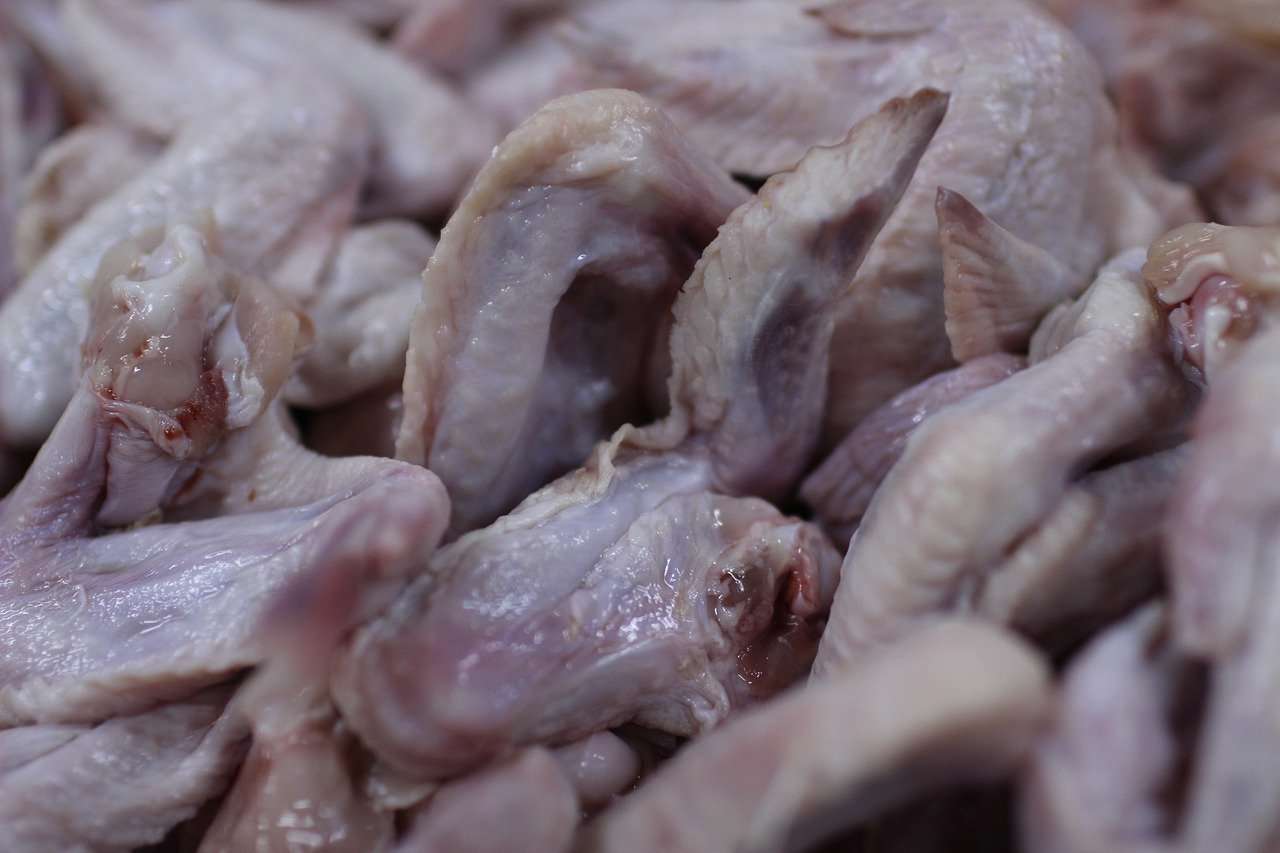
But let's be honest, the real reason the AVMA wants you to feed your dogs processed fast food is their symbiotic relationship with Wall Street, aka the dog food companies! According to the American Pet Products Association (APPA) in 2015 Americans spent over 23 billion dollars on pet food alone! In that same year Americans also spent over 15 billion dollars on veterinarian related services. If the AVMA really wanted to make dramatic improvements in the overall health and wellbeing of dogs and cats (carnivores) they would come out with a policy discouraging the inappropriate processed fast food diets currently being fed to the overwhelming majority of dogs and cats. But for now the all mighty dollar is “King of the Kennel.”
Before I discuss what and how to feed the species appropriate diet to your dog, I'd like to discuss what veterinarian Dr. Brooke Niemiec of the American Veterinary Dental College says the number one medical problem is among dogs. Can you guess? It's dental disease. Dr. Niemiec also states that over 70 percent of all dogs will suffer periodontal disease by the age of three. So, if your dog has stinky breath, yellow teeth, sore and or bleeding gums she has some stage of periodontal disease! Now for the real bad news—studies have linked periodontal disease in humans and dogs/cats to kidney disease, liver disease, heart disease, lung disease, diabetes, complications during pregnancy, and cancer.
According to veterinarian Dr. Becker, the aforementioned health concerns develop or are made worse by the constant presence of bacteria flushing into the bloodstream through inflamed and or bleeding gum tissue. Now when your dog is suffering from yellow teeth and plaque build-up you take her to your family Vet and she recommends teeth cleaning ( scraping) on a regular basis and sometimes this means putting your dog under general anesthesia, which is always risky and always expensive! Now how many times has this Vet told you to change your diet from a processed one to a species appropriate diet? Here’s why I ask the question. According to many holistic veterinarians, commercial dog food in general and commercial kibble in specific is the number one cause of dental disease in dogs. Don't take my word for it; do your own research and you will come to the same conclusion. Many holistic vets state that a simple change in diet can often be enough to reverse dental disease in dogs! What? No more expensive and potentially dangerous teeth cleaning sessions with the vet? No more stinking breath? No more disgusting looking yellow teeth? What is this “miracle” diet?
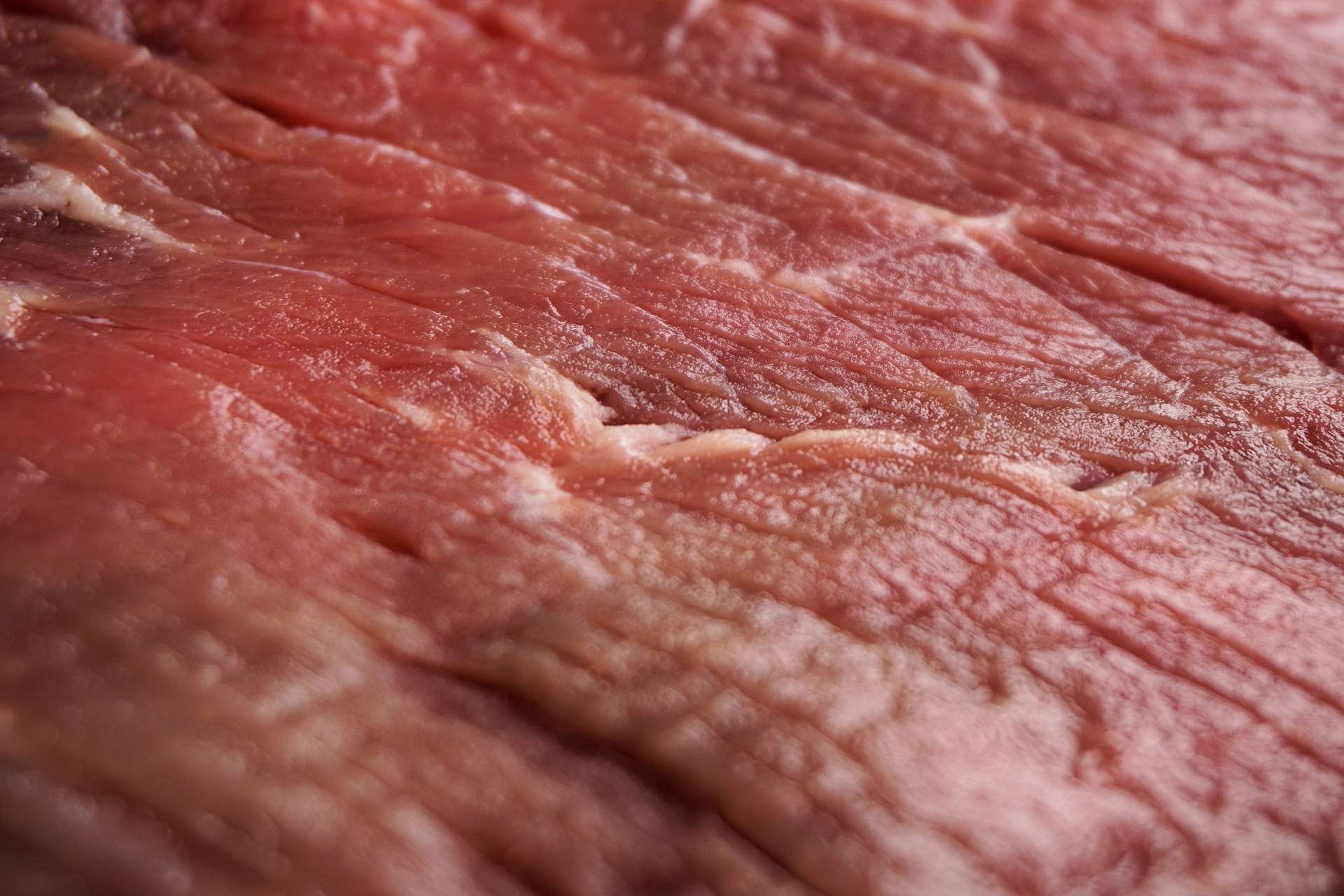
So, now the moment of truth. Just exactly what is the species appropriate diet for dogs? Well, like I stated in part one and repeated several times, your dog is a meat-eating carnivore. To feed her correctly she should be fed raw muscle meat, bones, and organs. All three MUST be included but not necessarily at every meal. Muscle meat and bones should make up the majority of the diet, approximately 80 percent, with organ meat the remaining 20 percent. What kind of raw meats can you use? If it can run or fly you can feed it to your dog! Pork, beef, chicken, rabbit, duck, wild game, turkey, and rodents (I don't feed rodents). Organ meats can include brains, kidney, spleen, liver, heart, beef “green” tripe (stomach) not the tripe sold in grocery stores, that tripe has been cleaned and bleached for human consumption. You need not supplement anything else. Some raw feeders do however feed carbohydrates (veggies) on occasion.
How much to feed and how often? The general rule is to feed your adult dog 2 or 3 percent of her ideal weight. For example, if your girl’s ideal weight is 50 pounds, multiply decimal point .03 times 50 and you get 1.5 (one and a half pounds). If your dog is too heavy you'd feed a little less and if she’s a little too thin feed her a little more. I feed my dogs once a day but some raw feeders feed twice a day. Your mileage may vary!
Okay, what is all this going to cost and what special tools do you need to feed this diet? If you have just one or two dogs you don't need anything other than a refrigerator that I'm guessing you already own. If you have more than two dogs, I'd suggest you get a small freezer. The freezer will allow you to buy in bulk. Chicken leg-thighs and backs are the main staple of my dogs’ diet. I also feed my dogs organ meat once or twice a week. As for cost, I purchase 40 pounds of leg quarters for about 19 bucks, what does 40 pounds of “High Quality” kibble cost? A luxury item to purchase is a quality meat grinder! This works great for grinding meat and bones for puppies and seniors.
At this point I would like to discuss a few cautions. I did not include raw fish, and that's because certain species in the trout and salmon family can have parasitic lukes, that if consumed by dogs can work their way into the dog’s spleen causing irreversible damage. Consuming too much organ meat can cause diarrhea. Store bought raw ground meat, such as beef or pork, can be a problem due to the high surface areas of the meat. If you want to feed ground meat, just be sure to grind it yourself. Unless you have a mastiff I would stay away from beef femur bones, these bones are too large and your dog could crack a tooth. Choking can be an issue for dogs beginning the raw diet, but usually this is from giving your dog a bone too small! I no longer feed chicken necks because I own large German Shepherd Dogs. They used to eat them like grapes and there was not a lot of chomping (dogs don't chew) going on. Diarrhea can be a issue in the beginning because your dog’s system may need an adjustment period, but it won't last long.
Let me close by saying your dog can survive on commercial processed dog food. And you could eat at McDonalds or KFC everyday and survive (I tried it). But if you truly want your dog to thrive and increase the overall quality of her health and well-being, the species appropriate diet is the way to go; believe me you will see the difference in your dog within weeks. Finally, to quote Hippocrates, “Let food be thy medicine and medicine be thy food.”
For more information, you’re welcome to check out my two YouTube videos on feeding dogs a species appropriate diet.
